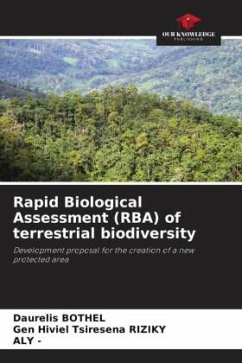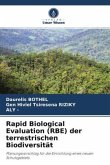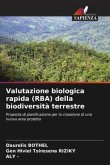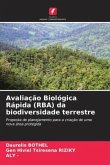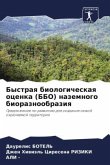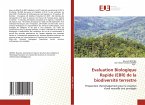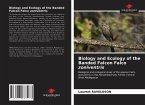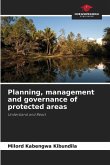With a population of 887, the Irodo FKT is made up of 41.94% children, 49.49% youth and adults and 8.57% old people. A total of 2381 individuals of mollusks which are distributed in 10 species, 07 families; 23 species, 28 families of insects (N=697); 06 individuals of myriapods and 57 for fish have each one of the single genus, species and family; 7 individuals of Reptile made up of 5 species, 4 families and 26 species with 19 families of birds (N=330) have been listed 415 floristic individuals with 54 species, 34 families were noted. In view of the biological richness and the increase in anthropic threats, the category IV type b protected area will be proposed. The targets of conservation are, the terrestrial landscape, the cultural value and the biological diversity. The improvement of the community's living conditions through cash-generating activities adapted to local contexts and the gradual introduction of sustainable tourism will reinforce the measures taken on environmental governance and management.Keywords: Biological richness, local population, anthropic pressure, protected area.
Bitte wählen Sie Ihr Anliegen aus.
Rechnungen
Retourenschein anfordern
Bestellstatus
Storno

